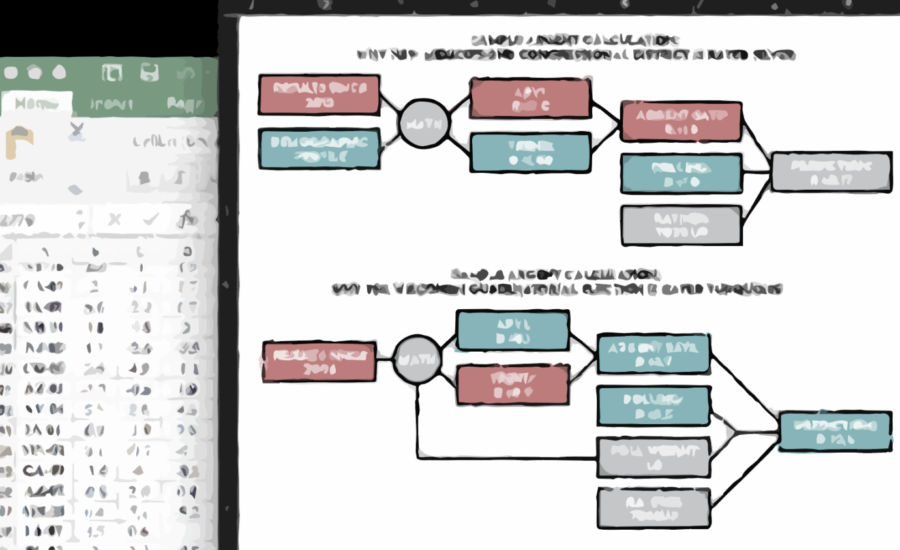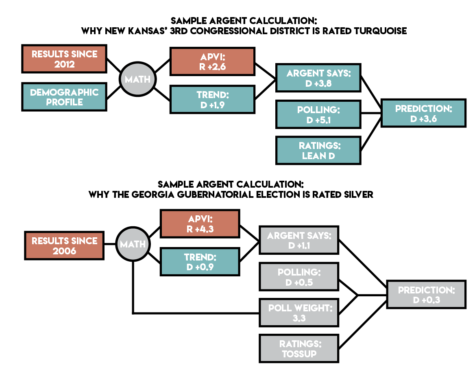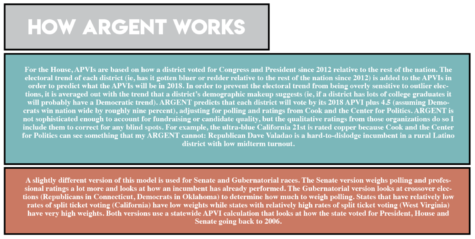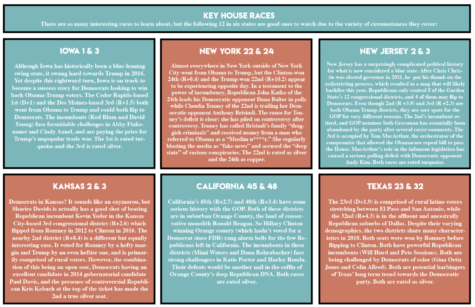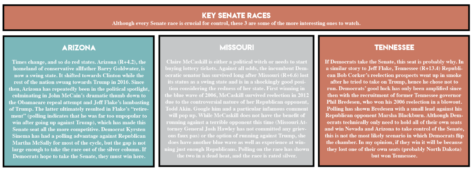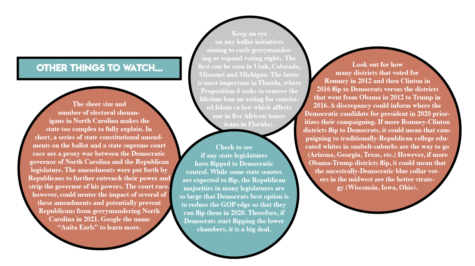Midterm Madness Part III: What to Watch
What in God’s name is ARGENT?
With Part III of this series comes my forecasting model for House, Senate and Gubernatorial elections: ARGENT. Created by me and named in honor of 538 founder Nate Silver, ARGENT uses publicly available political data to determine the “redness” or “blueness” of a state or congressional district. This is captured by the district’s APVI (Argent Partisan Voting Index), based on the Cook Political Report’s CPVI (Cook Partisan Voting Index). If a seat has an APVI of D +2, then in a year where the nation is divided 50-50, a Democrat will win the seat 52-48.
The numerical output of ARGENT dictates which rating a given race receives. The ratings are named after colorful minerals and gemstones because I was bored of the ratings Cook Political Report uses.
Cobalt means that a race is relatively safe for Democrats. Turquoise means that it is competitive but that Democrats have a discernible advantage. Silver means that the race is too close for ARGENT to make a reasonable prediction. Copper means that it is competitive but that Republicans have a discernible advantage. Ruby means that a race is relatively safe for Republicans.
There are a couple things to note about these ratings. Firstly, it is certainly possible for Democrats to win Copper (or even Ruby) seats just as it is possible for Republicans to win Turquoise (or even Cobalt) seats. Secondly, it is highly unlikely that Silver races will split evenly between parties. Historically, races rated as toss ups break disproportionately towards the winning party. In 2010, Republicans won 65 percent of House races rated as toss ups by the Cook Political Report, while Democrats won seven out of 10 Senate races rated as toss ups in 2012.
THE BOTTOM LINES
Democrats will probably take the House
Democrats are currently favored in 213 seats in the House while Republicans are only favored in 187. Therefore, Democrats only need to win one out of every seven silver seats to take the House, meaning that they are the heavy favorites. However, there is a myriad of possible scenarios. If Republicans outperform on a seat by seat level, manage some small upsets in turquoise districts, and win a historic proportion of silver seats, they could hang on to a razor-thin majority in the House. While this is technically possible, it is more likely that Democrats not only gain a majority but a large one due to the sheer number of competitive seats.
Republicans will probably hold the Senate
As for the Senate, Democrats are only favored in 44 Senate seats (23 of which aren’t up for reelection) while the Republicans are favored in 50 (42 of which aren’t up for reelection). Therefore, Democrats need to win every single silver seat and score an upset in a copper state to take a majority. Just like Republicans retaining the House, this is possible but unlikely. However, considering the atrocious map Democrats are facing, coming up just short would be a fantastic outcome for Democrats. Under normal conditions Democrats could lose as many as 10 seats due to the types of seats they are defending, and potentially even more in a red wave. But because of the broad support for Democrats this election cycle, they are now in poised to keep most of their seats on borrowed time for another six years. If there is a change of one seat or fewer in either direction, Democrats would be in a great position to take the Senate in 2020, when they have fewer exposed seats and the GOP has many more.
Democrats are poised to make gains in state races
When it comes to Governors, Democrats are favored in 13 of the 36 races up for election this year while Republicans are favored in 17. While this does not sound much like a blue wave, it is important to note the scale of Republican domination in the states. Only a handful of states are not under full Republican control, and plenty of those have enough Republicans to cause gridlock. For instance, the Republican governor of Illinois’ war with the Democrat legislature has brought the state to a halt for years, but after November, Illinois is likely to return to full Democratic control. Also, Democrats could increase their number of governorships by as many as 16 if they start taking copper states. Such a gain would undo many of their Obama-era losses overnight. Additionally, it would break gridlocks in half a dozen states, create new gridlocks to prevent conservative lawmaking in a dozen more, and put Democrats in a good position to reduce gerrymandering in 2021.
Stay tuned for Midterm Madness Part IV, in which I will analyze the outcome of the election.

